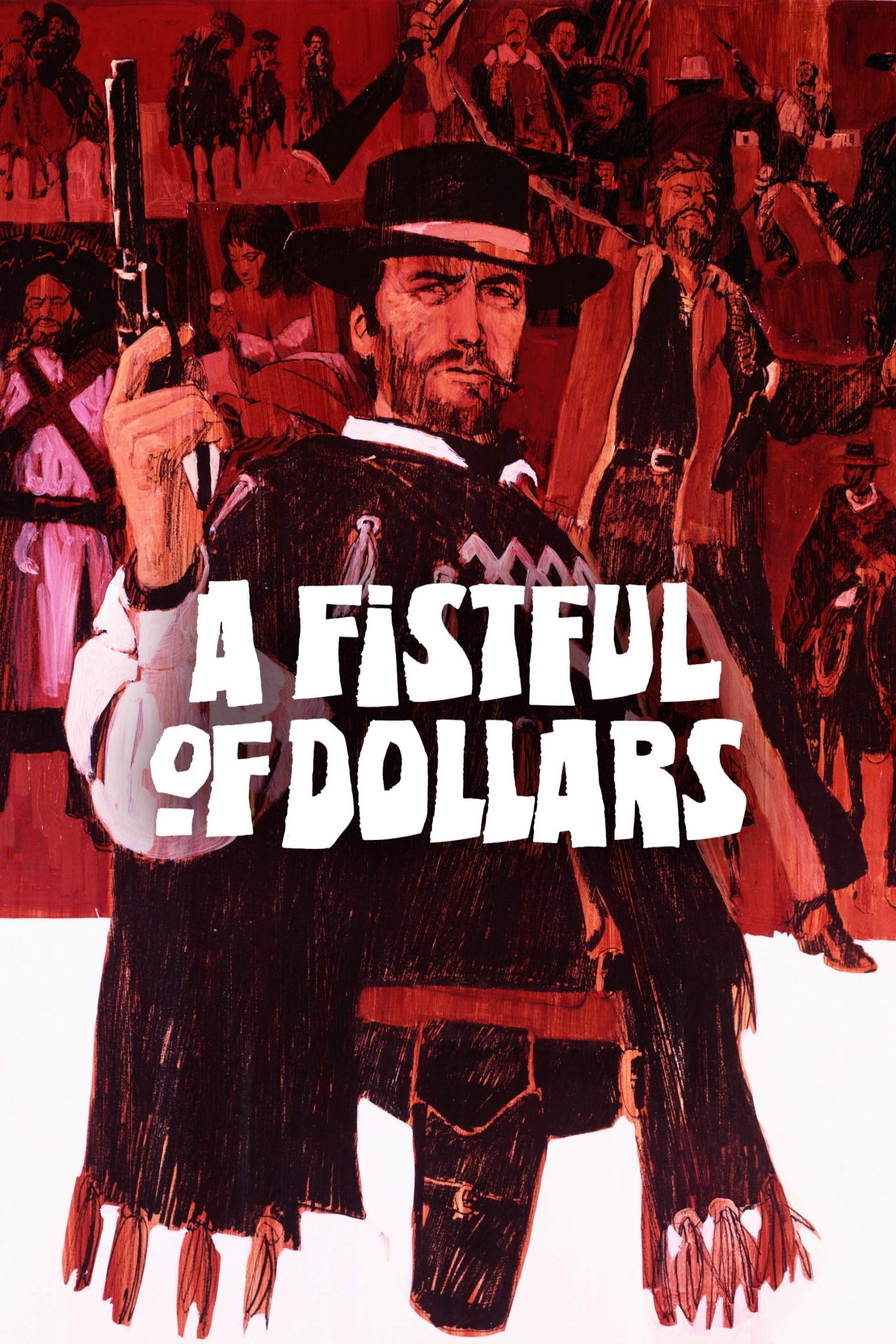
The Man With No Name enters the Mexican village of San Miguel in the midst of a power struggle among the three Rojo brothers and sheriff John Baxter. When a regiment of Mexican soldiers bearing gold intended to pay for new weapons is waylaid by the Rojo brothers, the stranger inserts himself into the middle of the long-simmering battle, selling false information to both sides for his own benefit.
20 Nov A Fistful of Dollars (1964)
Joe Meets Akira
This is an ineptly made film, but which lives because of its sheer importance. It is the reconstruction of the western, the birth of the hardboiled, loveable thug and the reinvention of Kurosawa for the masses.
Kurosawa had already been appropriated by the Hollywood western with “The Magnificent Seven,” but that project took itself and the western genre seriously. Here was a new idea of anti-irony: a western that made fun of itself by being just a little more serious than sense would allow. Today, it all seems rather tame, but forty years ago this was pretty beat: violence that was taken (literally) from the civil rights reporting from Mississippi and neighbours; and a hero that wasn’t heroic — merely a passerby — but who won nevertheless just as if he were morally perfect. It worked and changed film forever, almost by accident. (None of the people involved knew what they were doing and only pretended to have done so in hindsight. Leone WOULD actually do some smart stuff later.)
In fact, Raymond Chandler set the template for the hero. Leone’s version was bereft of the internal dialog: we never knew what Joe was thinking. Kurosawa set the template for Joe’s vessel: but in Kurosawa’s version the “Joe” was notably more clever, and the warring bosses more self—aware. Here, the whole situation is washed thin providing no more content than the gold miners and farmers conflict used later.
While less novel and influential, the “Last Man Standing” version was much more appealing: more Kurosawan, more carefully and cleverly made, and much more self-aware. Where “Fistful” avoids its past, “Dead Man” embraces it and gives us three movies in one, shifting layers and film eras as it it goes.
But this film is of historical interest only.
Posted in 2003
Ted’s Evaluation — 2 of 3: Has some interesting elements.


No Comments